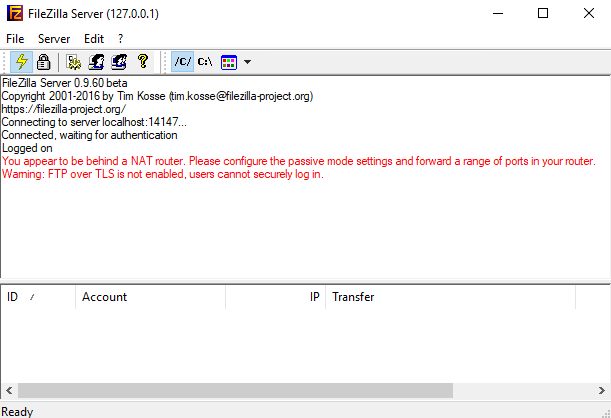
Also, adds security as port numbers can be whitelisted as needed.
Setting this option will force the phone to always use the same port instead of a randomly generated port number. =” PORT_NUMBER” – static audio port number to be assigned to this phone.change parameters (bolded below) in web.cfg for RTP port, server ip/host, ext, password, VM shortcut.Note that the files is in XML format, so please pay attention when editing. MAC_ is static and does not need to be changed. The templates files are template-web.cfg and template-phone.cfg. create 2 config files named MAC_ADDRESS-phone.cfg and MAC_ADDRESS-web.cfg per phone using the templates provided.copy the MAC address on the back of the phone.Its also recommended to setup TFTP server with a static address or a DHCP reservation so its IP address does not change. enable TFTP server and make sure its able to accept inbound connections.Make sure the file 000000000000.cfg is on the root level. unzip files into a new directory, point root of TFTP server to the polycom folder.Step 3 is slightly different for other models. The steps below are using a Polycom VVX400 series desk phone.

We have selected TFTP because it makes the provisioning on the phone side simpler and easier. TFTP and FTP servers are interchangeable as needed. Also, this setup should be used on a local network to maximize security. This setup is recommended for customers with a large number of desk phones. Setting up a local provisioning server for Polycom phones using TFTPĪ provisioning server allows central management for all phone settings where the config files are stored on the TFTP (Trivial FTP) server and automatically downloaded by each phone.


 0 kommentar(er)
0 kommentar(er)
